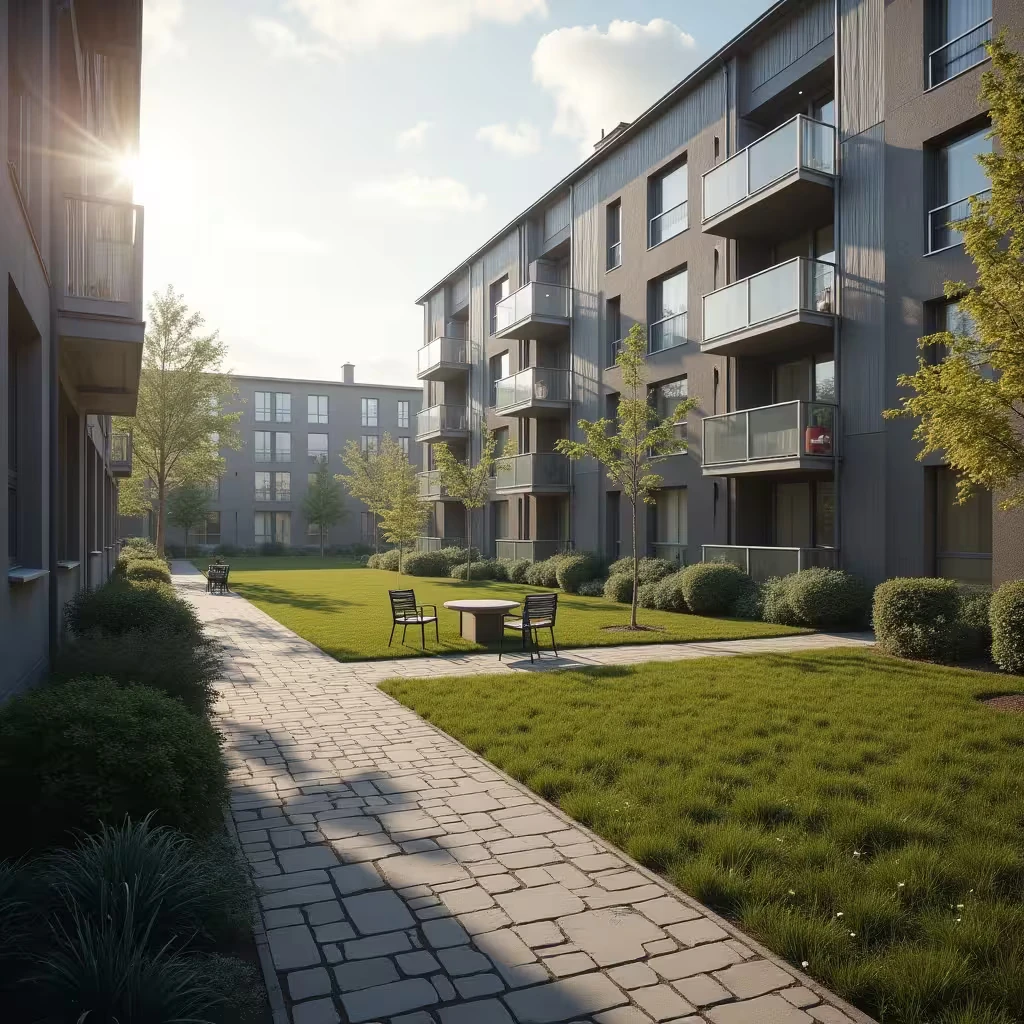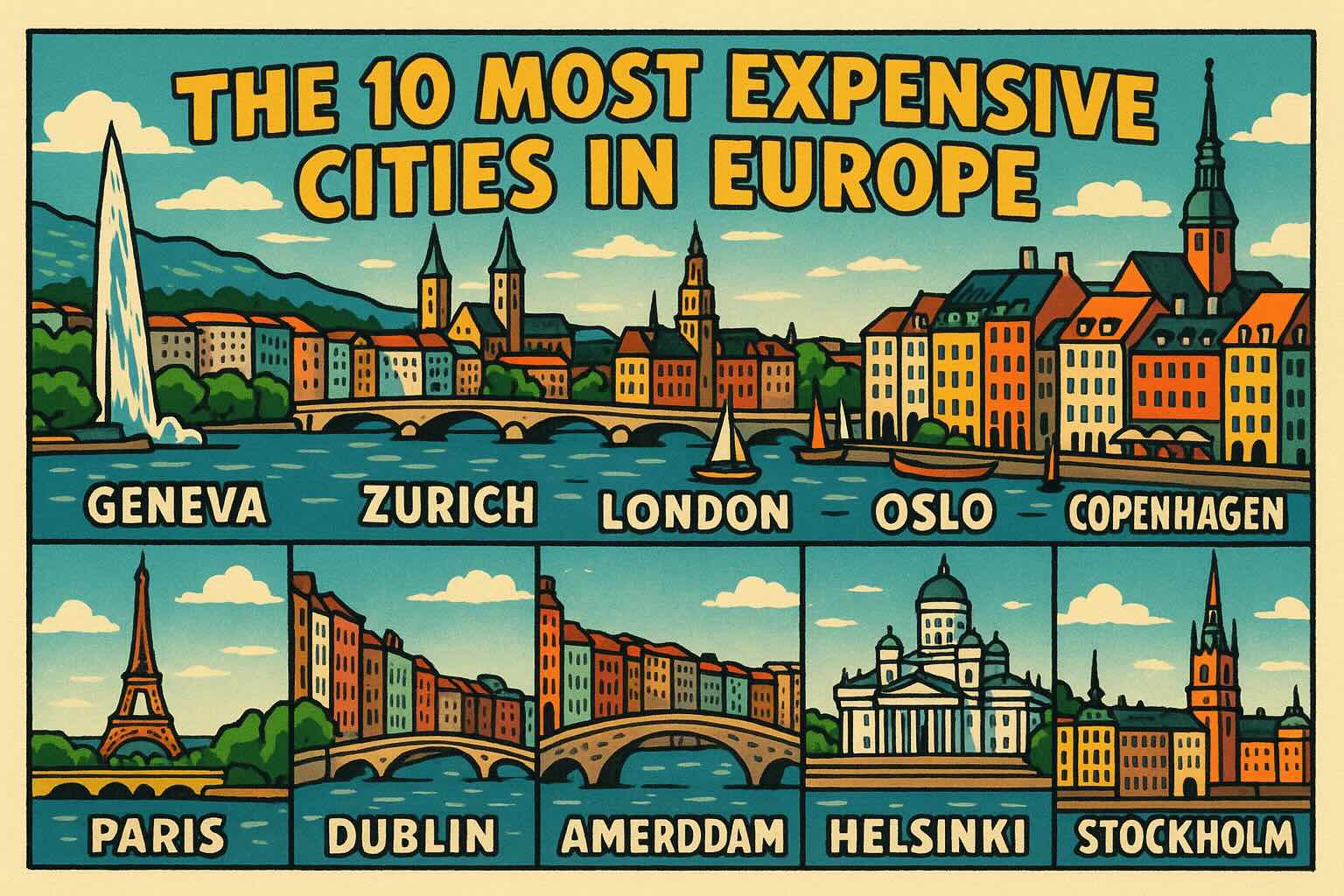
The major Swedish cities of Gothenburg, Stockholm, and Malmö face significant challenges and opportunities in their housing markets. With skyrocketing housing prices, long waiting lists for rental apartments, and uneven housing availability, issues surrounding housing policy and urban development have become increasingly central. At the same time, comparing these cities with other Nordic capitals like Copenhagen, Oslo, and Helsinki offers a broader context and insights into how Sweden can address its challenges. Below, we analyze the situations in Gothenburg, Stockholm, and Malmö and how these cities compare to their Nordic neighbors.
Housing Prices:
Gothenburg has seen a significant increase in housing prices in recent years. In central areas such as Linnéstaden and Majorna, prices average around 60,000 SEK per square meter, while suburban areas like Mölndal and Partille offer slightly more affordable options.
Rental Apartments:
The rental market in Gothenburg is strained, with waiting times often exceeding 10 years in popular neighborhoods. However, new housing projects in areas like Älvstaden and Frihamnen aim to alleviate some of this pressure.
Living Situation:
The city’s housing landscape is characterized by a combination of rapid urbanization and sustainable urban development. Despite positive developments, challenges remain for young people and low-income earners struggling to find affordable housing near the city center.
Housing Prices:
Stockholm is Sweden’s most expensive city to live in, with average prices exceeding 100,000 SEK per square meter in central neighborhoods like Östermalm and Södermalm. Suburbs like Solna and Sundbyberg are slightly more affordable but still well above the national average.
Rental Apartments:
With waiting times of up to 20 years in some areas, the rental market is extremely restricted. The secondary rental market offers more options but often at significantly higher prices.
Living Situation:
High demand and limited housing supply have led to a polarized market. High-income earners have greater access to housing, while many others are forced to commute long distances to find affordable alternatives.
Housing Prices:
Malmö has the most affordable housing prices of the three cities. The average price is around 40,000 SEK per square meter in central areas, with even lower prices in suburbs like Rosengård and Oxie.
Rental Apartments:
The rental market is more accessible than in Stockholm and Gothenburg, but waiting times of several years are still common in attractive areas like Västra Hamnen. The city’s focus on new construction is helping to improve the situation.
Living Situation:
Malmö is a city with a dynamic and varied housing market. Its proximity to Copenhagen via the Öresund Bridge attracts many commuters and contributes to a cross-border economy.
Copenhagen (Denmark):
Housing prices in Copenhagen average around 70,000–80,000 SEK per square meter in central areas, higher than Gothenburg and Malmö but lower than Stockholm. The rental market is regulated, and new developments in areas like Ørestad and Nordhavn have increased housing availability.
Oslo (Norway):
Oslo is one of the most expensive cities in the Nordics, with housing prices often exceeding 90,000 SEK per square meter in central districts. The rental market is less regulated than in Sweden, making it easier to find rentals but often at higher costs.
Helsinki (Finland):
Helsinki offers stable housing prices of 60,000–70,000 SEK per square meter and a balanced rental market with shorter waiting times. The city’s investments in new construction have created a better balance between supply and demand.
| City | Average Housing Prices (SEK/m²) | Rental Market (Availability) | Living Situation |
|---|---|---|---|
| Stockholm | 100,000+ | Long waiting times (20+ years) | Extremely high prices, significant shortage |
| Gothenburg | 60,000 | Long waiting times (10+ years) | High demand, new projects underway |
| Malmö | 40,000 | Shorter waiting times | Affordable and dynamic |
| Copenhagen | 70,000–80,000 | Mixed availability | Sustainable urban development |
| Oslo | 90,000+ | More accessible but expensive | Focus on ownership, high prices |
| Helsinki | 60,000–70,000 | Balanced | Stable market, better balance |
The Swedish cities of Gothenburg, Stockholm, and Malmö share many challenges with their Nordic counterparts, but Sweden stands out for its strict rental regulations and long waiting times. Copenhagen and Oslo have higher prices but more accessible rental markets, while Helsinki emerges as a model of balance and stability. To meet future housing needs, Swedish cities must draw inspiration from their neighbors and focus on faster construction and smarter housing policies.
Author
Sammy Salmela is a contributor to BestCityIndex with expertise in urban development and global city trends.
Stay updated with our latest insights and city rankings.

Introduction:The aroma of aged wheels, bubbling fondue, and freshly baked bread for cheese lovers, Europe is a true paradise. Here are five cities where cheese...

Date: 5 August 2025Source: AFP, Reuters, Local Weather AuthoritiesReading Time: 3 minutesIntroductionIn just one week, Asia has faced two stark climate...

Moving to Europe: Pros and Cons by Country for Work, Retirement, Education & Lifestyle Part 1.Moving from the United States to Europe is an exciting...




